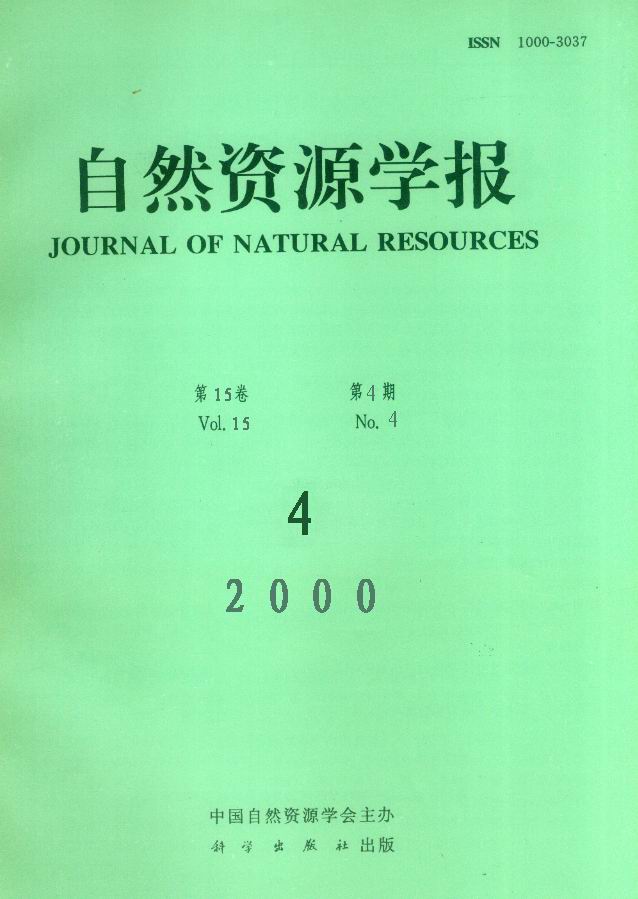Special Column:Celebration of the 70th Anniversary of IGSNRR, CAS
ZHANG Yaosheng,ZHAO Xinquan,ZHOU Xingmin
Qinghai Province is one of the largest 5 stockbreeding districts in China,there are 3161×104 ha of grassland that can be used in the province.Under long term traditional nomadic system,grasslands have been poorly and inadequately protected and managed.To increase animal number,over grazing has become a common phenomenon,leading to serious degeneration of grassland,deterioration of eco environ ment,frequent occurrence of natural disaster,and the lower economical benefit.Actualizing the strategy of sustainable development of animal husbandry on this kind of basis,the policy of prospering animal husbandry taking advantages of science,technology and education was needed.It is also necessary to intensify the production bases of animal husbandry,gain ecologic and economic benefits simultaneously,promote industrialization of animal husbandry and develop commercialized production.In order to realize sustainable development of animal husbandry,the following measures should be taken,including introduction of high efficiency,intensive production system of animal husbandry,developing animal products with plateau features and market competitiveness,bring eco environment under control and the grassland resource protected on the basis that animal husbandry becomes a high benefit production system.
